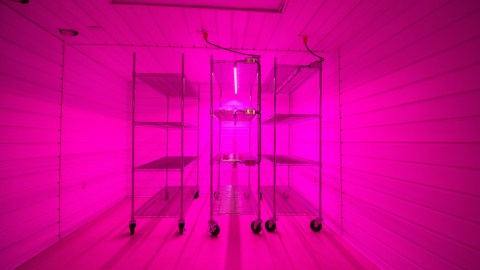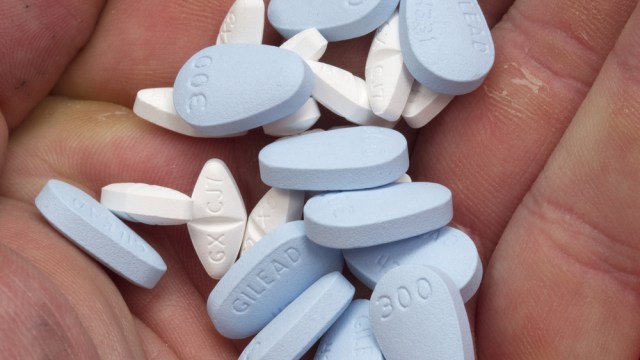Futuristic Farming: A Green Revolution Turned Pink

What’s the Latest?
The variability of weather and the natural limitations on land use present problems for food growers, not to mention pests that can decimate crop yields. Thanks to specially formatted LED lights, however, growing plants indoors is becoming increasingly efficient. The Dutch technology company Philips currently runs an indoor growing operation in Indiana which produces edible plants like kale, lettuce, basil, and chives 22-hours a day, 365 days a year, in 25-foot towers bathed in pink light. The light is a combination of red and blue LED hues and gives off the precise wavelength craved by the crops grown in the laboratory settings.
What’s the Big Idea?
Growing plants indoors allows for other efficiencies such as continuously recycling water supplies and using sensors which can detect missing nutrients, then provide them in small and accurate bursts. “The crops grow faster, too. Philips reckons that using LED lights in this sort of controlled, indoor environment could cut growing cycles by up to half compared with traditional farming. That could help meet demand for what was once impossible: fresh, locally grown produce, all year round.” Indoor farming may present a safeguard against the agricultural threats posed by global warming.





